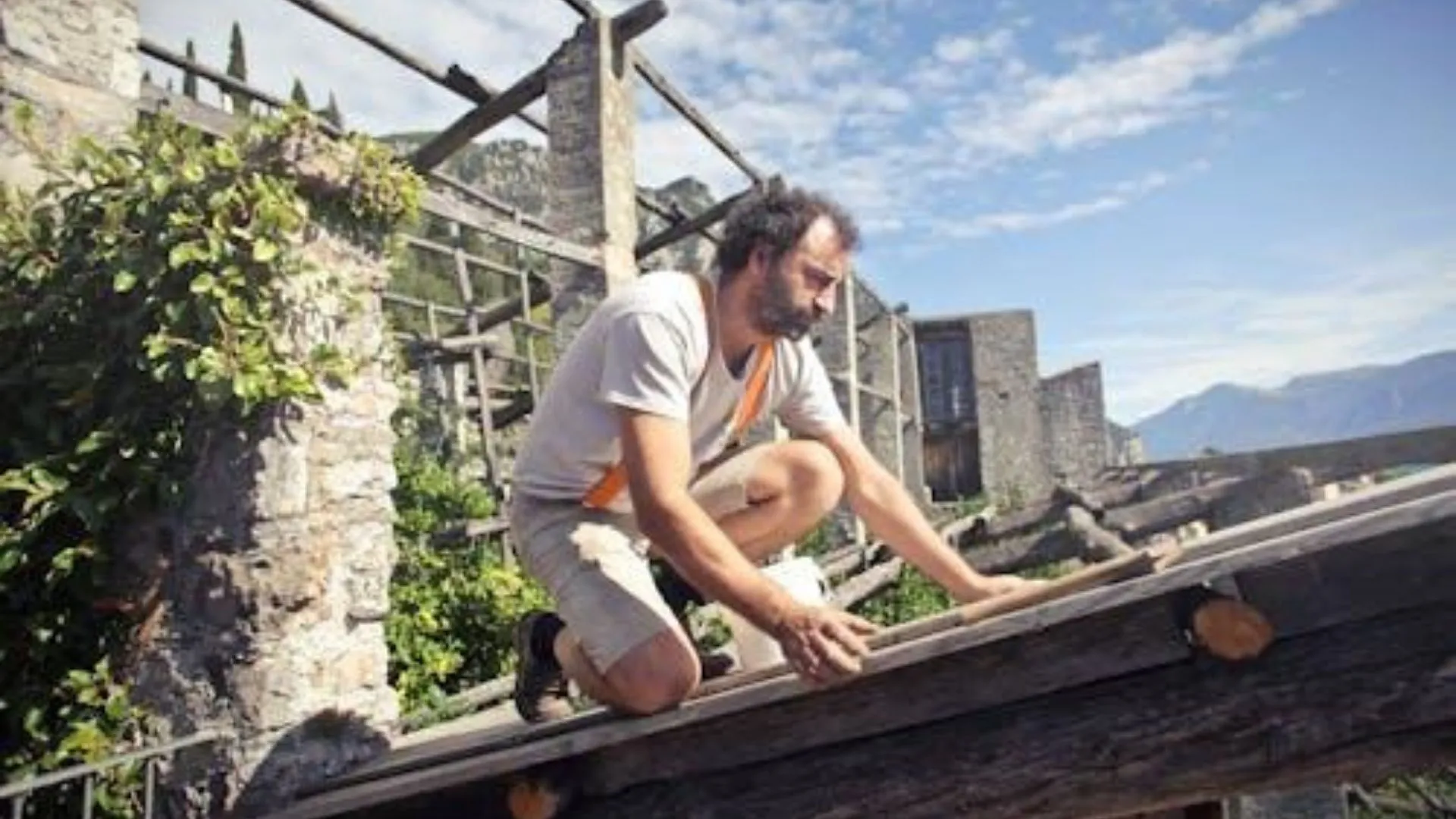Roof damage can happen unexpectedly, leaving homeowners uncertain about what to do next. You must act quickly in such a situation because untreated roof damage can lead to more significant issues, including leaks, mold growth, and structural problems. Trusted roofing experts can assist you during these urgent situations, ensuring your roof is assessed and repaired correctly.
Therefore, in this article, we’ll discuss how to address roof damage and protect your home’s structure.
Here’s what you need to know:
1. Assess the Damage Immediately
The first step in tackling roof damage is to assess the situation as soon as possible. Start by inspecting the exterior of your roof from the ground. Look for any obvious deterioration, including cracked or sagging sections or missing shingles. If it’s safe and you feel comfortable doing so, use a ladder to have a closer look, but proceed with caution.
Assessing the damage quickly allows you to determine the extent of the issue and prioritize repairs. If the damage appears severe or you’re unsure about your assessment, it’s best to contact a professional roofing expert who can provide a thorough evaluation.
2. Call for Professional Help
Once you’ve assessed the damage, the next crucial step is to call for professional help. Relying on trusted roofing experts is essential for emergency roof repair. They’ll have the experience and tools necessary to handle roof damage effectively. Attempting DIY repairs can lead to further complications, especially if you lack the expertise to diagnose underlying issues.
A professional roofer can quickly assess the situation, identify potential problems, and offer solutions you might not have considered. Moreover, their expertise will ensure repairs are completed safely and efficiently, giving you peace of mind that your home is in good hands.
3. Document the Damage
Before any repairs begin, it’s essential to document the damage. Take clear photos of the affected areas and note what you observe. This documentation serves multiple purposes. First, it helps you keep track of the damage for your records. Second, it can be invaluable when filing an insurance claim. Many insurance companies require documentation to process claims related to roof damage. Detailed evidence of the damage can help you receive the coverage you need for repairs. So, take your time to gather all the necessary information before moving forward.
4. Avoid Climbing on the Roof
While it might be tempting to climb onto the roof to inspect the damage closely, this can be extremely dangerous. Roofs can be slippery, especially if wet or covered in debris. Additionally, if the damage is significant, the roof may not be structurally sound enough to support your weight.
Instead of risking injury, rely on professionals to handle the inspection and repairs. They are trained to navigate hazardous conditions and will ensure that the job is done safely. If you need to inspect your roof, consider using binoculars from the ground for a closer view without putting yourself at risk.
5. Be Cautious with Water Damage
If your roof has suffered damage, water leaks may become an immediate concern. Water intrusion can lead to extensive damage, including mold growth and structural weakening. Take proactive steps to address any leaks as soon as they are detected. If water enters your home, try to contain the leak by placing buckets or towels in affected areas.
Don’t use electrical appliances near the leak to prevent electrical hazards. While these temporary measures can help mitigate damage, contacting a roofing expert is crucial as soon as possible. They can identify the source of the leak and implement effective repairs to safeguard your home against further water damage.
6. Check for Local Building Codes
Before you begin any roof repairs, checking local building codes and regulations is crucial. Every area has specific guidelines regarding roofing materials, repair methods, and safety standards. Ignoring these regulations can lead to complications, such as fines or forced removal of improperly installed roofing.
If you’re working with a professional roofing contractor, they should be well-versed in these codes and ensure that any repairs or replacements comply with local laws. This compliance protects you from potential legal issues and guarantees that your repairs are completed safely and up to standard.
7. Communicate with Your Insurance Provider
After assessing the damage and deciding on the necessary repairs, it’s time to communicate with your insurance provider. Most homeowners’ insurance policies cover roof damage, but the extent of that coverage can vary. Contact your insurer immediately to report the damage and initiate a claim.
Be prepared to provide the documentation you gathered, including photos and notes about the extent of the damage. It’s also helpful to keep records of any conversations with your insurance company, including names, dates, and details discussed. Clear communication and thorough documentation will help ensure a smoother claims process, allowing you to focus on restoring your home.
8. Plan for Temporary Solutions
While waiting for professional repairs, consider implementing temporary solutions to mitigate further damage. One common method is to use a tarp to cover leaks or exposed areas on your roof. This quick fix can prevent water from entering your home and causing additional problems. Secure the tarp with weights or fasteners. It’ll help make it stay in place during bad weather.
Additionally, if water seeps into your home, place buckets or towels to catch drips and minimize water damage. While these temporary measures are not permanent solutions, they can provide immediate relief until a professional can address the repairs comprehensively.
Tackling roof damage can feel overwhelming, but by following these do’s and don’ts, you can manage the situation effectively. Start by assessing the damage, calling for professional help, and documenting the situation for insurance purposes. Avoid climbing onto the roof yourself, and be cautious of any water damage.
Remember to check local building codes, communicate with your insurance provider, and plan for temporary solutions while considering long-term strategies for your roof. Finally, commit to regular maintenance to prevent future issues. Relying on trusted roofing experts for roof repairs will ensure your home remains safe and secure. Taking these steps will protect your investment and provide peace of mind, knowing that your roof is in good hands.



